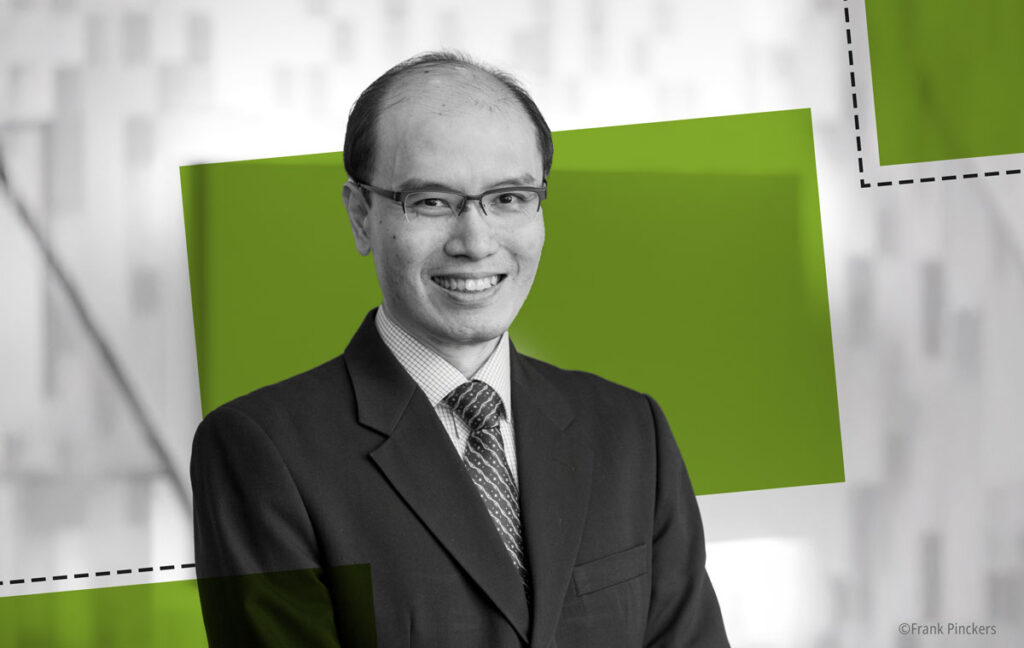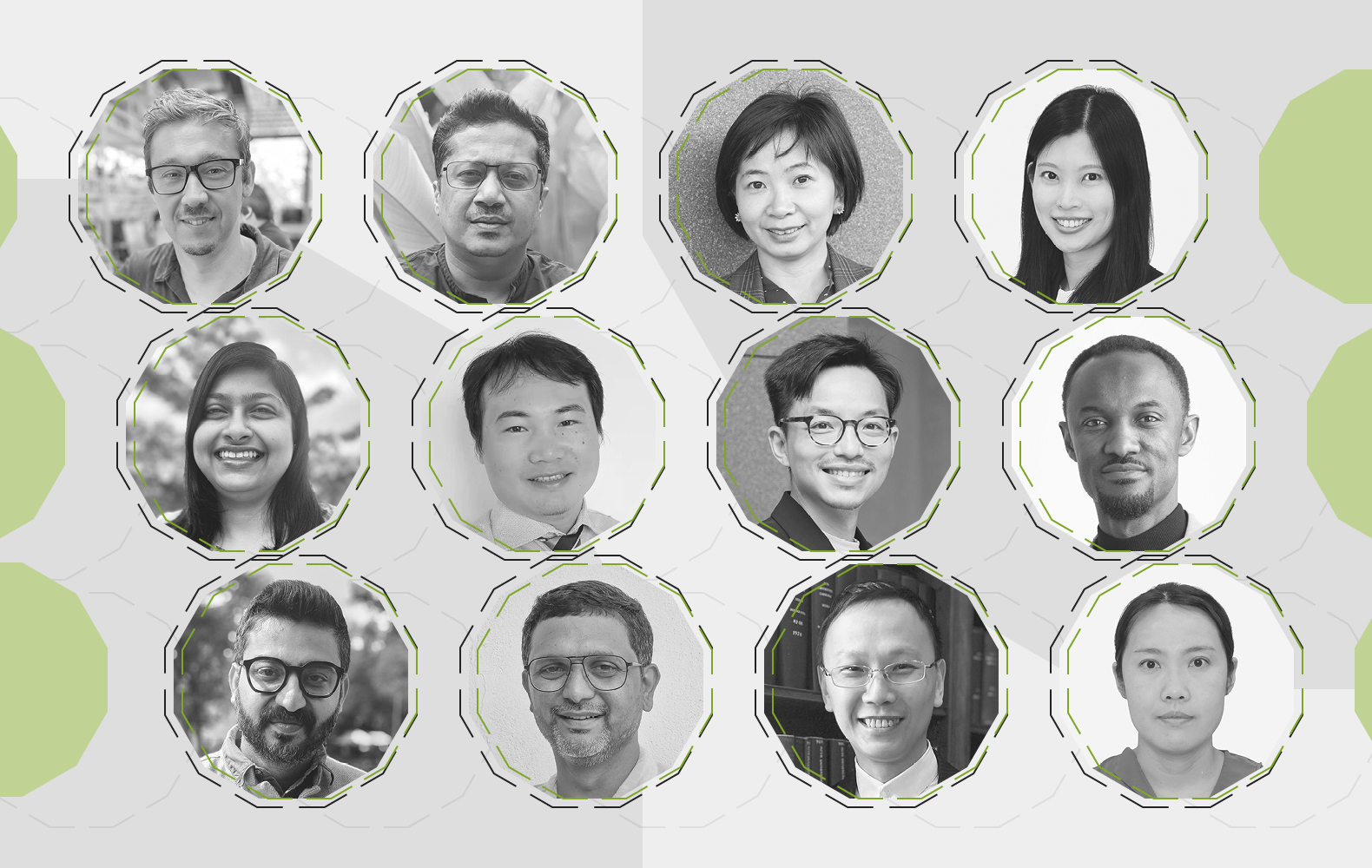What prompted you to study and work overseas before returning to Singapore?
Science is global, and young people should work with researchers who are passionate and who are pioneers in various fields. I learned that lesson as a young student doing my undergrad research. As an example, as a student researcher you read papers from world leaders about their discovery, and I was fascinated by the work by Professor Kevin Struhl at Harvard Medical School in dissecting transcriptional apparatus and processes. I thought that is pretty cool – and I went to his lab to do a postdoc!
What was returning to Singapore like at that time?
Having been born and raised in Singapore, the return felt like a natural homecoming. Around the year 2000, Singapore began its ambitious and substantial investment in biomedical research. In my view, there was no more exciting place to be than in a nation experiencing such dynamic growth. Singapore’s trajectory has been remarkable. The government’s unwavering commitment to research, spanning beyond just biomedicine, has been instrumental in cultivating both capabilities and a robust talent pool. This endeavour necessitates attracting talent from all corners of the globe, while simultaneously nurturing and empowering our own homegrown talent.
How important for Singapore’s life sciences is the country’s Associate Membership of EMBO?
Molecular biology serves as the bedrock of contemporary biomedical research. Our affiliation with EMBO is pivotal in enabling us to forge and sustain vital international connections. Science, at its heart, is a collaborative endeavour that transcends geographical boundaries. My own training in Scotland, for instance, profoundly shaped my identity as a scientist. To be immersed in that environment, to engage with the brilliant minds behind those discoveries – what could be more thrilling? The recognition of my election as an EMBO Associate Member fills me with immense gratitude and humility.
What is your current research focus?
My laboratory is dedicated to the development of therapeutic solutions for fatty liver diseases. This endeavour began about eight years ago through a collaboration with a hepatologist, a clinician specializing in liver diseases. By combining his clinical expertise with my lab’s strengths in molecular and genomics approaches, we are able to investigate the molecular pathways in the liver across different stages of the disease. The biology at play is incredibly intriguing, and one of our primary goals is to identify ways to intervene – to slow down the progression of the disease and to modulate the various pathways that are activated or deactivated.
Fatty liver disease is a complex interplay of lifestyle, diet, and environmental factors. Genetic predisposition can also play a role. While the liver possesses a remarkable capacity to handle increased fat under normal circumstances, an overload can disrupt its function, leading to fat accumulation. If this condition persists, it triggers a cascade of disruptions in various pathways, potentially culminating in cirrhosis, a severe degeneration of the liver. At this advanced stage, treatment becomes significantly more challenging. My laboratory, in collaboration with others, is actively looking into new strategies to treat fatty liver diseases at different stages.
What have been your Eureka! moments?
I have been fortunate to have experienced several! The first occurred when we conducted large-scale sequencing to map the binding sites of transcription factors on embryonic stem cells. As we profiled 13 different transcription factors, a striking pattern emerged: many of these factors converged on the same genomic regions, forming what we termed transcription factor binding hotspots. Subsequent investigations by my lab and others have revealed that these hotspots are critical regulatory elements, such as promoters and enhancers, that play pivotal roles in directing gene expression.
Another Eureka! moment came when we sought to dissect the pathways governing self-renewal and differentiation in stem cells. Through a comprehensive functional screen, we successfully identified specific pathways that control key decisions for self-renewal of stem cells.
A third profound moment of discovery unfolded when we created a mid-brain organoid. By guiding the differentiation of embryonic stem cells, we were able to generate a complex three-dimensional tissue structure that closely resembled the mid-brain. Remarkably, the neurons within this organoid produced neuromelanin, and, under specific conditions, we could even recapitulate certain aspects of Parkinson’s disease in the laboratory setting. This particular work holds a special fascination for me because the emergence of a 3D model containing such a diversity of cell types within a single tissue was entirely unexpected.
How do you balance your senior management role with your research?
It is an intricate balance and both are exceedingly purposeful. I feel incredibly fortunate to have the opportunity to contribute in a non-research capacity. This role allows me to have a broader impact on science, the community, and people, which I find deeply fulfilling. Importantly, I remain closely connected to my lab, meeting with them weekly and maintaining daily communication with my students and lab members.



